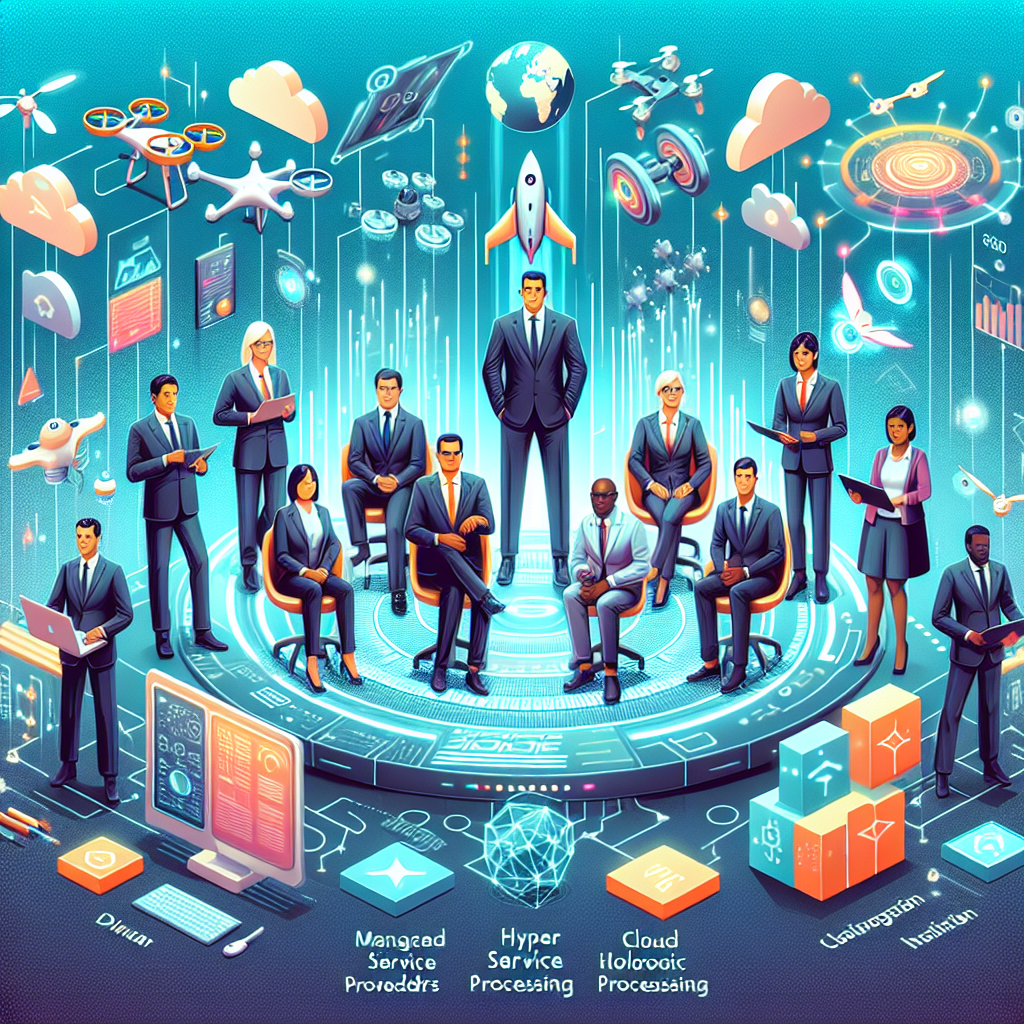In today’s fast-paced digital world, IT infrastructure management is becoming increasingly important for businesses to stay competitive and efficient. With rapid advancements in technology, it is crucial for organizations to stay ahead of the curve when it comes to managing their IT infrastructure. So, what can we expect in the future of IT infrastructure management?
One of the major trends we can expect to see in the future is the widespread adoption of cloud computing. Cloud computing allows organizations to store and access data and applications over the internet, rather than relying on physical servers and storage devices. This not only reduces costs but also provides greater flexibility and scalability for businesses. As more organizations move towards cloud-based infrastructure, the role of IT infrastructure management will shift towards managing and optimizing cloud resources.
Another trend that we can expect to see is the increased use of automation in IT infrastructure management. Automation allows organizations to streamline their processes and reduce the need for manual intervention, leading to greater efficiency and cost savings. With the rise of artificial intelligence and machine learning technologies, we can expect to see more advanced automation tools being used to monitor and manage IT infrastructure in real-time.
Security will also be a major focus in the future of IT infrastructure management. With the increasing number of cyber threats and data breaches, organizations need to ensure that their IT infrastructure is secure and protected. This will require a proactive approach to security, with organizations implementing robust security measures and regularly updating their systems to defend against evolving threats.
Additionally, the Internet of Things (IoT) will play a significant role in the future of IT infrastructure management. With the proliferation of connected devices, organizations will need to manage a more complex and diverse IT infrastructure. This will require a comprehensive approach to monitoring and managing IoT devices, ensuring that they are secure and performing optimally.
Overall, the future of IT infrastructure management looks to be exciting and challenging. Organizations will need to stay abreast of emerging technologies and trends to ensure that their IT infrastructure is efficient, secure, and scalable. By embracing cloud computing, automation, security measures, and IoT, organizations can future-proof their IT infrastructure and stay ahead of the competition.










